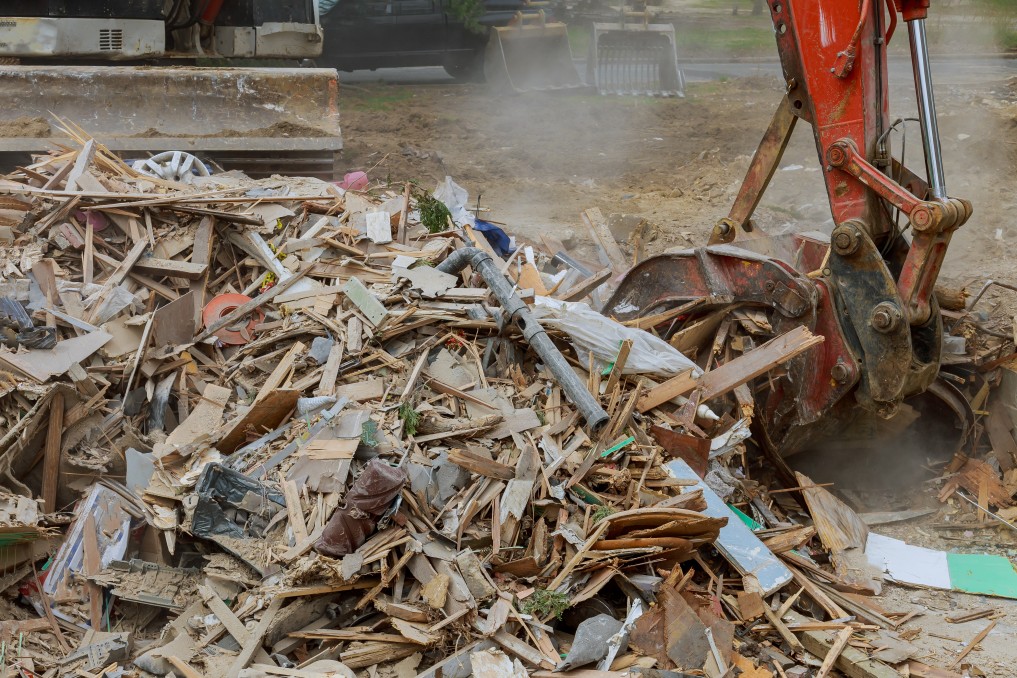
From lumber to concrete to asphalt shingles, the construction, demolition, renovation, and road construction industries produce a massive amount of waste—600 million tons in 2018, in fact. Most C&D materials end up in landfills; however, much of that waste can be recycled, reducing the environmental impact on the planet and the financial impact on the company that discards it.
With an investment in a horizontal grinder, C&D waste can be recycled into a new product, which can be sold to a secondary company or directly to the consumer.
Benefits of Reducing C&D Waste
Disposing of C&D materials in a landfill requires tipping fees, which, especially for large loads of demolition waste, add up and quickly cut into profits. Recycling C&D materials can save money in the long run. Even with purchase of a horizontal grinder, the money saved by avoiding landfill fees and the money gained from a secondary product can offset the initial cost of investment.
In terms of the environmental impact, reutilizing C&D waste decreases the need to harvest raw material, like timber and steel, lessening stress on the planet’s natural resources. Less waste reduces the size of landfills, as well as their potential for worsening pollution—C&D material can be especially harmful to air quality if left to decompose in a landfill.
Recycling C&D materials also improves public perception. With more and more consumers taking their environmental impact into consideration, having green-friendly solutions for waste disposal offers a leg up on competitors.
Uses for Recycled C&D Material
Construction and demolition produce a wide variety of materials, and the potential uses after recycling are equally varied. Wood waste, which can include lumber, scrap wood, pallets, and posts, can be broken down into mulch, playground cushion, animal bedding, boiler fuel, and biomass feedstock. It can even be used to produce MDF and chipboard, which directly reduces C&D waste by introducing the recycled material back into the construction industry.
Asphalt shingles are another massive opportunity for reducing C&D waste, and it’s become increasingly popular in recent years to turn them over to a recycling facility rather than a landfill. Recycled asphalt shingles (RAS) can be ground into raw components for asphalt pavement mix and used to decrease the overall cost of road construction. Similarly, old concrete and brick can be broken down into construction aggregate.
Taking the first steps into a new industry can be daunting—that’s why Rotochopper is ready to back you up. If you’re looking to enter the C&D recycling market, contact a Rotochopper sale representative and get started today.
